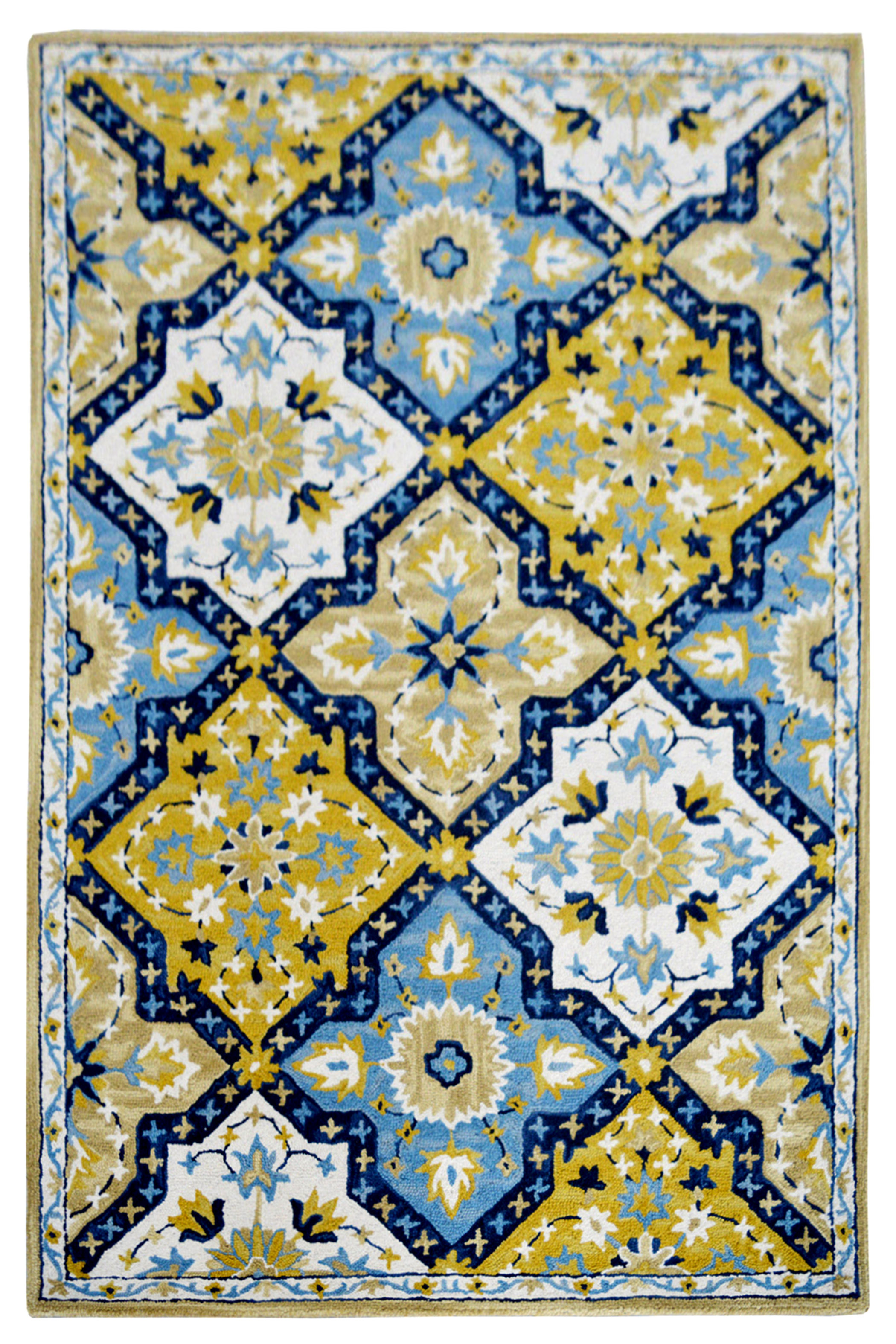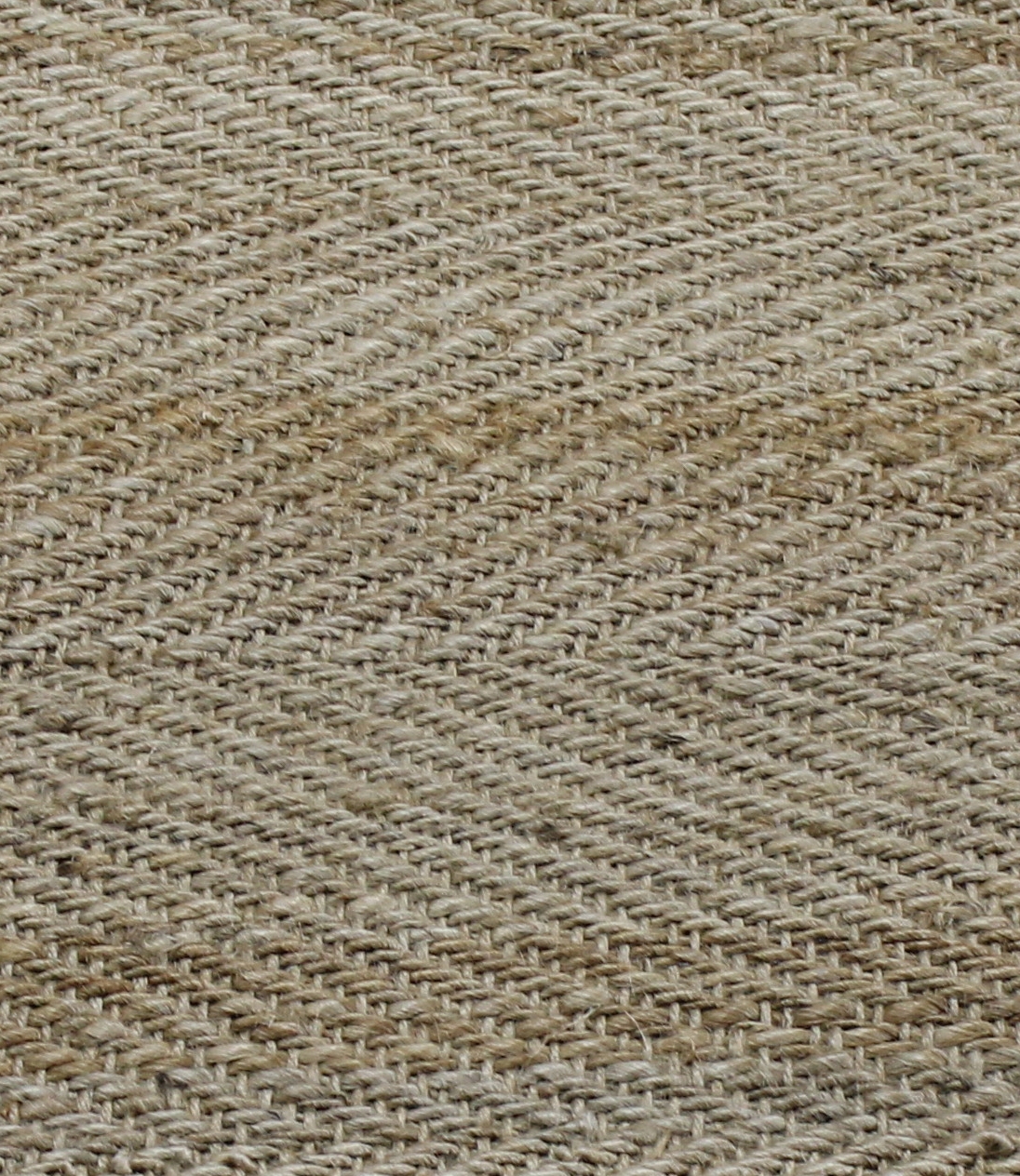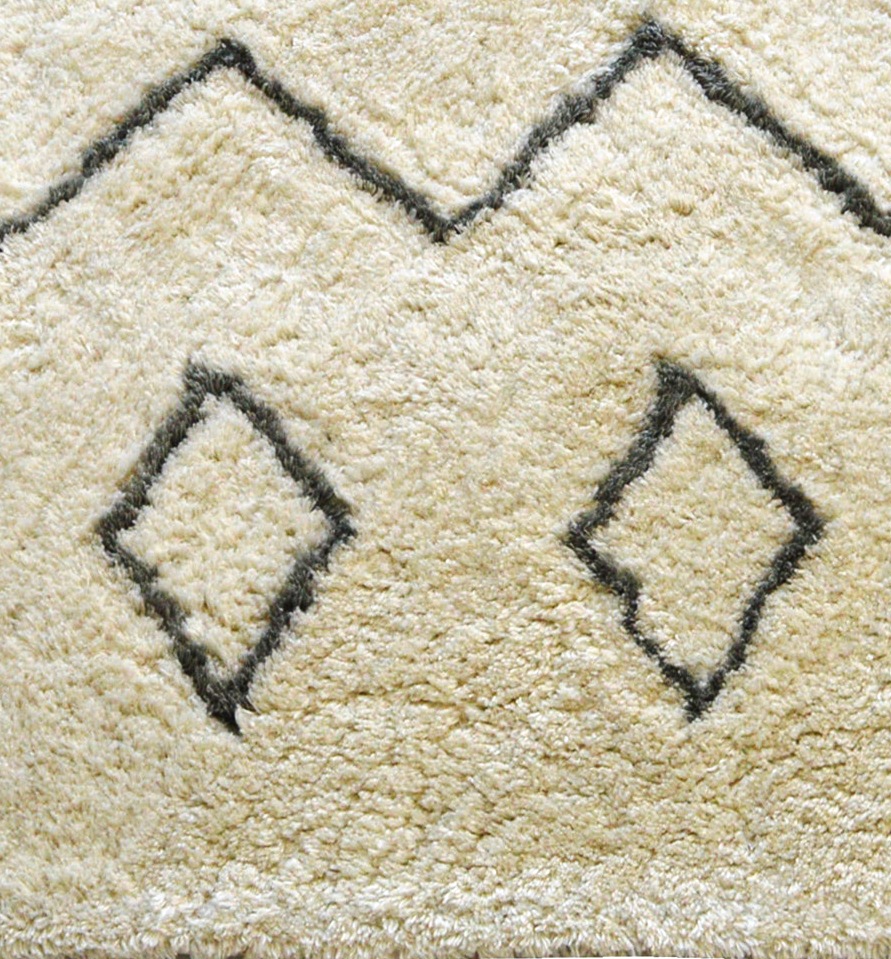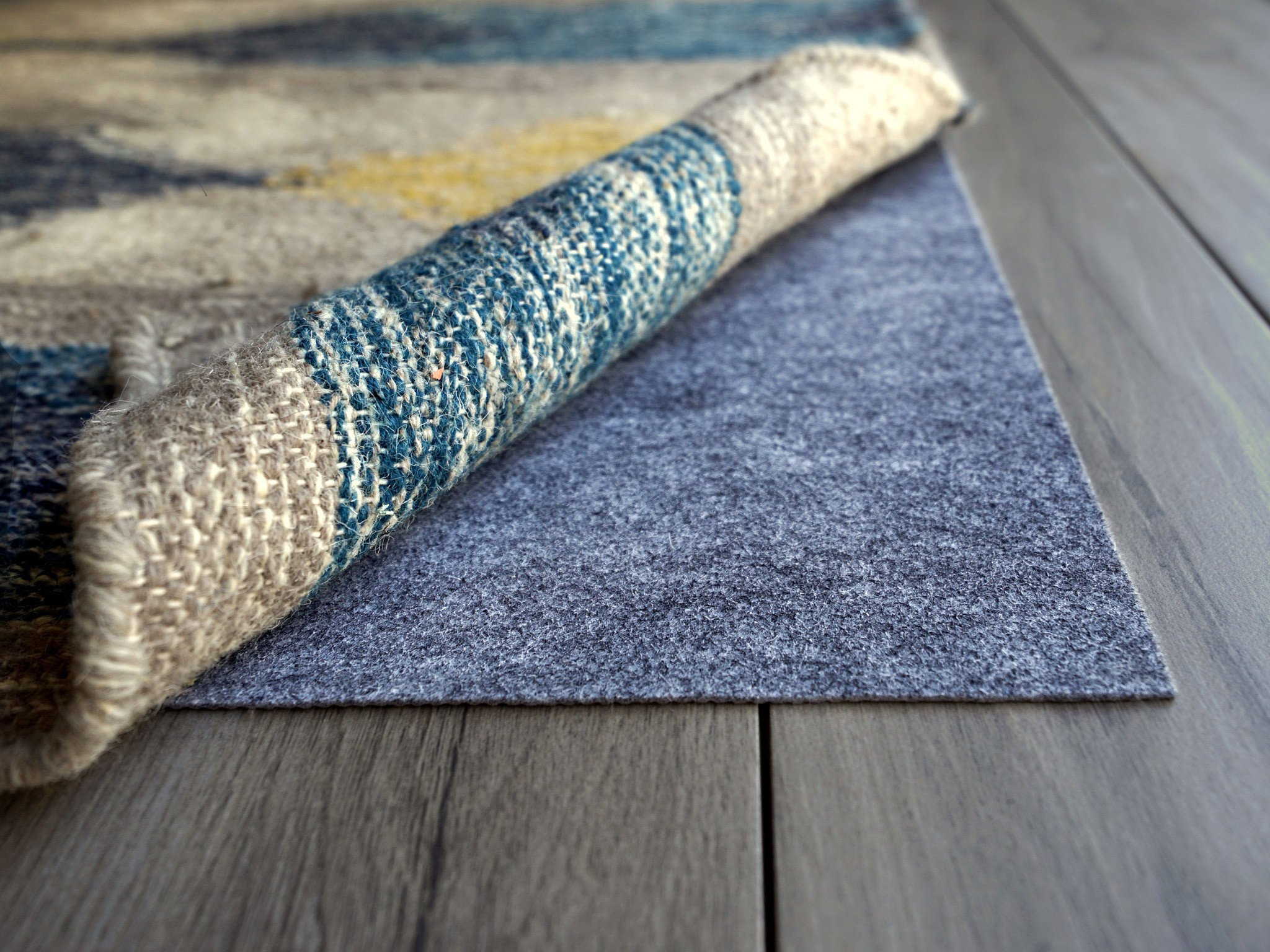CARE & CLEANING
We know that you will enjoy it for years to come. Area rugs are one of the easiest ways to freshen the look, color and style of your home. Like any investment, a rug must be properly taken care of if it is to last. Following are tips for extending rug life.
KNOWING YOUR RUG
All rugs are handmade by skilled artisans, or in a specialty manufacturing facility, and are checked to meet quality standards before shipment. The following seven simple facts will help you to understand your rug and prolong its life.
Color
- No two rugs are the same. Slight color variations are common for handmade rugs, as dye lots may change over a period of time.
Odor
- Odors are caused by dyes, yarns and shipping for long distances in sealed wrap. Most odors dissipate within a week once the rug is removed from the shipping wrap.
Shedding
- All wool rugs will shed. Shedding will subside over time, depending on traffic and wear. It typically takes 20-25 vacuums, at a minimum, to curtail shedding. Some will shed for the lifetime of the rug.
Fading
- If exposed to direct sunlight, rug colors typically fade over time, even if they are fade resistant.
Creases
- If your rug has been rolled or folded for shipping, it may include creases. Creases should disappear within a week or two when the rug is laid out flat. Reverse rolling the rug overnight will help.
Wear
- As a general rule, rugs of all materials and constructions should be rotated every 3-6 months to balance color and evenly distribute wear.
Sprouts
- Loose fibers, or sprouts, are a normal part of the break-in process of handmade rugs. To remove sprouts, use a small pair of scissors to snip them off even with the pile. Do not pull the fiber out, as this can cause a deterioration of the backing.
Materials
- While Mabood International uses the highest quality materials in all products, some materials are more delicate and require special care. For example, while viscose lends a high sheen, luster and softness to a rug, it is a material made of wood pulp that is broken down and formed into fibers. These fibers are much more delicate than wool and not advised for high-traffic areas. In addition, special care must be taken when cleaning. Please see more details on cleaning your viscose rug in the Special Cleaning Guideline section below.
MAINTENANCE OF YOUR RUG
How to Vacuum Your Rug
- Canister vacuums without beater bars are the optimal type of vacuum to use on rugs. Brooms and manual sweepers are also a gentle and effective way to clean rugs.
- Many of today’s upright vacuums are super high powered. The high suction can pull out the threads from the back of a rug and cause “sprouts.” Use the handheld attachment to vacuum your area rug, whenever possible.
- If you choose not to (or are unable to use) the handheld attachment on your upright vacuum, make sure to turn off the vacuum’s beater bar, as it can pull fibers from the face of the rug and cause the rug to fuzz. If the beater bar cannot be turned off, set it on the highest position possible before vacuuming. Then, carefully place the vacuum on the rug.
- If the rug has serged (finished) edges, refrain from continuously running the vacuum over the edges, as this will loosen fibers around the edges and cause them to deteriorate.
- Avoid running the vacuum over the fringes at the ends of the rug, as fraying may occur. Use the handheld attachment to clean the fringes.
- If a rug is reversible, make sure to vacuum both sides. This will remove grit and grime that can prematurely wear out your rug.
How to Clean Your Rug
- Clean spills immediately. Once a stain is set, it becomes much more difficult to clean. Our Rug & Fabric Stain Remover can help eliminate many stubborn stains.
- Never rub a spill, as this forces the spill deeper into the rug. Instead, blot the stain with a clean white cloth.
- For wool rugs, use lukewarm water to remove any residual stain, as wool is more prone to bleeding and staining than synthetic fibers.
- Always use clean water to remove any residual cleaner, and dry towels to absorb any remaining moisture.
Professional Cleaning For Your Handmade Rug
- Always use a professional area rug cleaning expert. Cleaning a handmade rug requires a process different than cleaning wall-to-wall carpet
- Inspect the rug with a rug cleaning expert prior to cleaning. Get a signed receipt and guarantee of work before the work is performed
SPECIAL CLEANING GUIDELINES
 Wool Rugs
Wool Rugs
- With a dry cotton towel or white paper towel, blot out stain as much as possible.
- Scrape off any food or debris with a dull instrument.
- Mix a very small amount of dish soap with a cup of cold water. With a clean sponge and soap mix (avoid using excessive water), gently remove remainder of the stain and then blot the area with a dry towel.
- Avoid excessive heat or agitation, as wool rugs are more prone to bleeding and staining than synthetic rugs. We recommend using a professional rug cleaner on an annual basis.
 Indoor/Outdoor Rugs
Indoor/Outdoor Rugs
- With a dry cotton towel or white paper towel, blot out stain as much as possible.
- Scrape off any food or debris with a dull instrument.
- Mix a very small amount of dish soap with a cup of cold water. With a clean sponge and soap mix, remove remainder of the stain. Allow the area to dry.
- For all-over cleaning, spray with a mixture of soap and water and rinse with a garden hose.
 Natural Fiber Rugs (Jute | Hemp | Coir | Sisal )
Natural Fiber Rugs (Jute | Hemp | Coir | Sisal )
- Natural fiber rugs inherently have loose fibers and knots. Regularly vacuum rug on low power setting, making sure to vacuum from different angles.
- Loose threads on the face of the rug should be trimmed with household scissors. To avoid unraveling or damaging the rug, threads on the rug’s face should never be pulled.
- Spills should be gently blotted with a clean, undyed cloth to absorb as much of the spill as possible and prevent spreading. Work from the outer edges of the spill towards the center. If applying cleaning solvents, test on a small area first. For stubborn stains, use a professional cleaning service that specializes in Fiber rugs. Do not dry clean, as strong cleaning chemicals may damage or fade the rug.
.JPG) Recycle Textile Chindi Rugs
Recycle Textile Chindi Rugs
- Chindi rugs made from recycled textiles, Because of this color fastness may vary protect your floor - use a rug slip to prevent color bleeding.
- Loose threads on the face of the rug should be trimmed with household scissors. To avoid unraveling or damaging the rug, threads on the rug’s face should never be pulled.
- If applying cleaning solvents, test on a small area first. For stubborn stains, use a professional cleaning service that specializes in textile rugs. Do not dry clean, as strong cleaning chemicals may damage or fade the rug.
- If you get a stain on the rug. immediately remove by using moist cloth, vaccum and air regularly. Wash Separately.
 Shag Rugs
Shag Rugs
- Spray extraction, along with use of a wool-approved product, can be used to clean shag rugs.
- Shedding is normal for wool products and decreases over time. Do not pull yarn out, as this may result in damage to the rug.
- Canister vacuums without a beater bar are most effective in cleaning shag rugs. Vacuums with beater bars and/or brushes, or those set too low, may abrade the face of the rug.
 Viscose Rugs
Viscose Rugs
- Viscose rugs are constructed of wood cellulose fibers, which absorb moisture easily, therefore cleaning is not advised.
- If cleaning should become necessary, dry cleaning is preferable. However, always check with the dry cleaner since some harsh chemicals may cause discoloration to the fibers.
- Do not spot clean with water as cellulose fibers will turn yellow or discolor when wet and may stain after cleaning.
- Lighter colors are more susceptible to staining and large, solid areas will show staining more easily.
- Avoid placing viscose rugs in high-traffic areas to minimize the need for cleaning.
RUG PADS: PROTECT YOUR INVESTMENT AND YOURSELF
A rug pad provides a durable, long-lasting foundation that protects a rug for years to come.
 The proper rug pad can:
The proper rug pad can:
- Extend the life of the rug by reducing wear and tear and enhancing air circulation between the rug and floor.
- Help to prevent accidents by holding the rug in place, minimizing movement and slippage.
- Add extra comfort underfoot by providing additional cushioning and support.
- Protect all floor types, including both hard surfaces and carpets